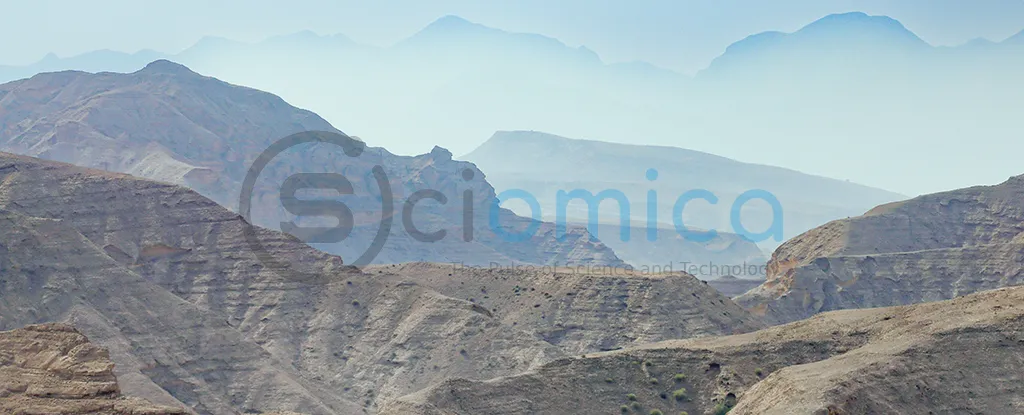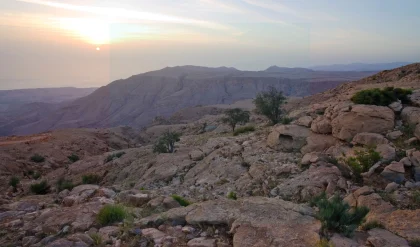
In a groundbreaking discovery, scientists have identified what they believe to be a ‘ghost’ plume, the first of its kind, located beneath Oman. Unlike typical mantle plumes that often result in visible volcanic activity, this elusive column of hot rock rises from the Earth’s core without showing any signs of surface disruption. Scientists assert that understanding these ghost plumes is vital for gaining insights into the mechanisms of plate tectonics, the evolution of life, and the behavior of the Earth’s magnetic field.
The international team of researchers released their findings in a study published in the journal Earth and Planetary Science Letters. They reported their evidence for the existence of the Dani plume, which lies beneath eastern Oman. The research began with seismic data indicating that waves slowed down as they traversed the area, suggesting the presence of hotter, softer rock below the surface—a hallmark of geological anomalies.
This initial clue was supplemented through computer modeling and additional field measurements. The study scrutinized seismic discontinuities at depths of 410 kilometers and 660 kilometers, revealing important geological boundary layers within the Earth. According to the gathered data, the plume measures an estimated 200 to 300 kilometers in diameter and is believed to be 100 to 300 degrees Celsius hotter than the surrounding mantle, indicating a relatively isolated patch of super-heated rock within the Earth’s interior.
The researchers theorized that this ghost plume may have existed for a considerable duration, potentially influencing the movement of the Indian tectonic plate up to 40 million years ago. Presently, they propose that it could still be contributing to the elevation of land in Oman. The authors of the study emphasized that while individual elements of evidence might appear inconclusive, collectively, they build a robust narrative supporting the plume’s existence.
The identification of a ghost plume raises intriguing possibilities regarding other similar geological structures circulating beneath the surface. If confirmed, these phenomena could reshape existing models and calculations used to understand geological evolution. The scientists noted that traditional plumes, typically associated with volcanic activity, originate from the core-mantle boundary, which lies approximately 2,890 kilometers beneath the Earth’s surface. This boundary is where hot materials seep from the Earth’s core into the mantle.
Moreover, the research poses significant implications concerning heat exchange between the Earth’s core and mantle. The findings suggest that more heat might be leaking from the core than previously understood, warranting further scientific inquiry into the long-term consequences of this thermal evolution.
The implications of these findings extend beyond mere geological curiosity. They may prompt revisions in the current knowledge surrounding the distribution of heat-producing elements within the Earth, including those that reside in the lower mantle and core.
This discovery not only expands our understanding of mantle dynamics but also paves the way for future research aimed at unraveling the complexities of our planet’s internal processes. The global scientific community eagerly anticipates additional studies that may reveal the presence of other ghost plumes, enhancing our comprehension of geological phenomena on Earth.






